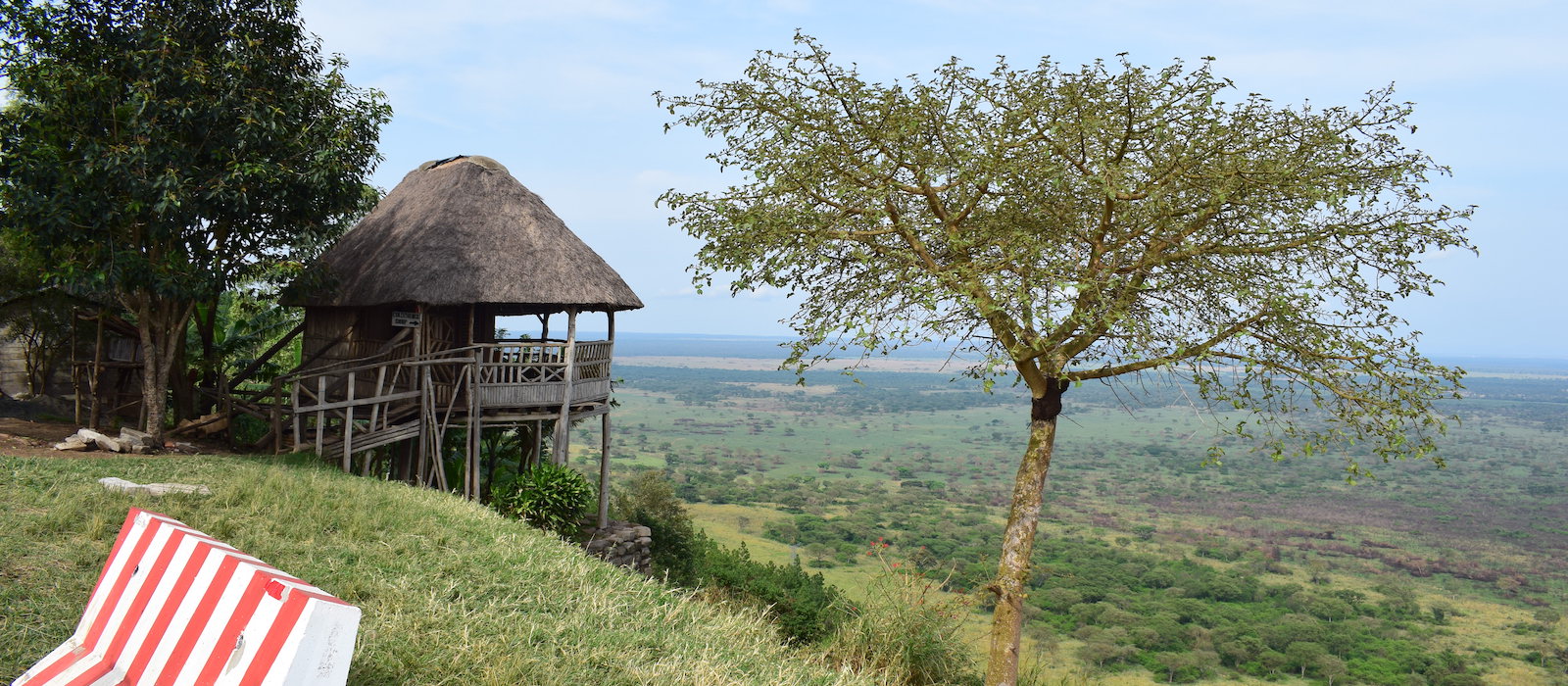Design with the majority
In the field of design, there is a growing movement that stresses the importance of designing with the majority. Whereas most design efforts have been focused on innovating for the benefit of the most affluent 10% of the world’s population, this perspective stresses the need to use design as a form of social entrepreneurship. This design philosophy is focused on the needs of those who could benefit from design the most, and is typically focused on improving lives over turning a profit.
In Uganda, where this project has created a ‘living lab,’ approximately 13 million people live in extreme poverty, which is defined as having an income lower than $1.25/day. People with disabilities in this region are at a further disadvantage in combatting extreme poverty, as they lack basic accessibility tools and as a result, have a difficult time generating income. Several of the designs that have resulted from this project have attempted to provide economic opportunities for people with disabilities in rural Uganda.
People, not disabilities
People living with disabilities, regardless of their location, are people first. Using this specific language assists in recognizing this, by not allowing a person to be defined by their disability. It is also important to note that disabilities range in nature and severity, and that each situation is individual and unique; an important fact when designing mobility aids for those with disabilities.
The importance of local production
Development efforts in the Global South have a history of replicating colonial attitudes, as well-meaning individuals and organizations have approached systemic challenges with ‘solutions’ that most often turn out to be temporary patches for problems that need sustainable, locally motivated solutions.
Understanding the specific context of the region this project was working with was crucial to its success. Many international charity and development organizations source used wheelchairs and other mobility aids from abroad and donate them to those in need. The problem with this approach is it does not account for stark environmental differences. The wheelchairs that are donated and imported often easily break down after a short period of use on the rough terrain of rural Africa, and there are rarely replacement parts available.
In order to get a deeper understanding of the environment, both cultural and physical, all students working on this project were required to travel to the region. This gave them the opportunity to speak with both the locals who would be building their designs and those who would be using the end-products. Students developed a deeper understanding of how the artisans worked, the tools they had access to, and the time they would need to create each new prototype. Further, students were able to produce their designs with the specific needs of the end-users, as well as the environment in which these tools would be used, in mind.
